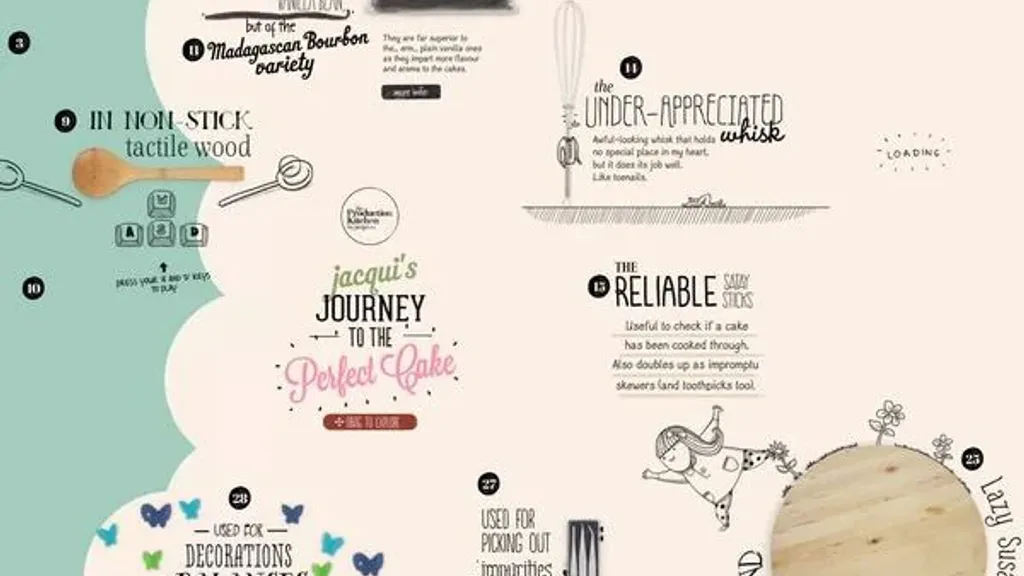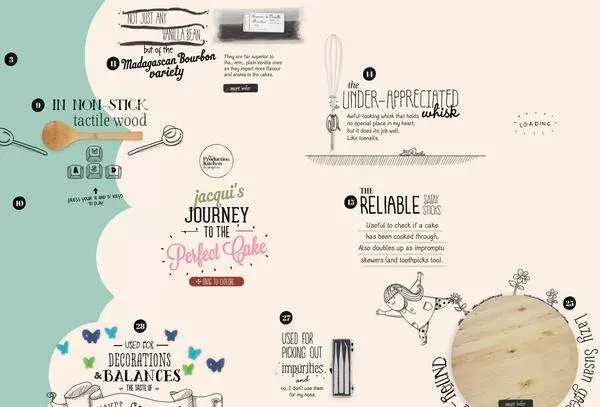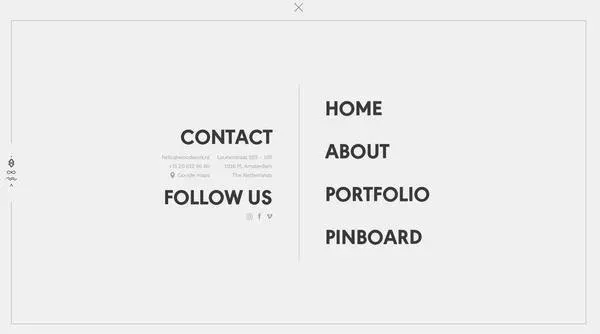Design vs content

Any product, application, website / portal / landing can be broken down into components. Some of them (development, prototyping) remains invisible to the eyes of users. And the other - what is drawn and written - is visible to everyone. This is the part of the job determines the future of the project and what results the previous efforts will bring.
The user does not know how many hours and labor it took to create the product. It doesn’t matter to him. The only thing that worries him: whether he likes to use the product or whether the product meets his needs. And from the first seconds he receives answers to these questions through content and design.
How design and content are related
Content is meaning, design is the form in which that meaning is embodied.
Words form emotional connections, but each reader understands them in his own way. The design directs this emotionality to the right thing you channel, reinforces it with the help of visual images clear to everyone.
Content offers a solution to the problem. The design motivates you to press the “magic button”, which will speed up
this decision.
You can just write “Gothic”, and you can remind the reader of the majestic spiers of medieval temples with the height and shape of the font. Ideally, each design element on your site enhances the impression of what is written. And from your brand as a whole. For projects, a UI kit is created that maintains the entire site in a certain style solution.
In the case of good content, every word introduces the reader to you, falls in love with you, tells you that you understand it and do all to solve his problem.
Ultimately, content and design shape the audience’s opinion of you. Individualized design cannot exist without content core. After all, design needs to enhance your image, but without content, this image is unknown.
Start with a word or an image?
People think in images - this is a proven fact. It takes effort to turn images and thoughts into words. That’s why they first evaluate the visual component. It depends on the design whether users want to read your content: whether it is attractive to them page design, or well-readable headings and font. The “interesting / uninteresting” evaluation process takes only a few milliseconds.

However, the content is primary. And here’s why: UX design is based on the messages you need to convey. First it determines what you need to show the user: what blocks will be on the site, what you need to convey on the first, second, third screen, and only then “how” to convey it. Thus “that” is primary, and “as” is secondary.
In addition to the designer, a business analyst, marketer and copywriter should also work on the appearance of the product. Together they are create a site that will not just be a picture, but from the first seconds will show the client - this is exactly what he was looking for.
If the functionality of the site is done well (everything is convenient, fast, intuitive) and the content clings to (cool bright headlines, storytelling, the truth about your product), the design can be purely minimalist.

If a good design is built first, and then it is filled - as a result, almost all the efforts of the designer come to naught: text created without reference to the design does not take into account the size of the fields, frames, designed by the designer height and width.
To fill, buy stock photos that do not fit well into the color scheme of the design. The names on the buttons may come out the boundaries of these buttons. Or vice versa, copywriters will make every effort to put the text in the layout, and the result will work artificial and truncated text is unlikely to impress your potential customer.
How bad content spoils good design
If it’s best when the designer and copywriter work in pairs, it’s worst when they don’t intersect at all. Then the following happens:
How to fix the design
There are cases when everything is fine at first: together with the client we lead a prototype, develop a good design. But then comes the stage of filling. And suddenly it turns out that the design is good, but does not match the size of the content.
For example, in the design, the title consists of a maximum of 5 words, and the client wants 2 sentences. Or we showed in the design on page “About us” 1 paragraph of text, and as a result they are 10. Or we have placed on the page “fish” text (not real, just to fill the space), and in the end it turned out that the final text is not and write it to anyone, and clients do not have a copywriter, and the site must be launched. It is necessary to process everything “live”, the layout suffers, deadlines are missed.
For the client, this situation is usually a complete surprise: the design is approved beautiful, the texts are good, combined with each other - it turned out shit. How so? In the worst cases, such a situation may even put an end to project. In our experience, there was a case when the site was created under the direction of the marketing department, then came the owner, looked at the result, said: “What bullshit? We will not run it.” And the project was closed at the 95% readiness stage.
How customers get along with content:
- some people accept the site, and others fill it: no one knows what content and what size should be on the page;
- in design headings are approved, thought over, and then clients at the last moment decide to change them without consideration rhythms, sizes;
- ignore the provided guidelines;
- do not give content at all: then we on our own approximately fill the content, but in the end the client can do with the content anything;
- do not give / insert photos that were agreed upon during the design (or do not buy), and this affects the entire design: style, atmosphere, emotions.
As a result, the site is inconvenient because it is impossible to read.
How to avoid such failures
At the prototyping stage, check the blocks for real content
Insert content from the old site into the headlines and body of the page (if nothing changes) or think about the number content that will look / feel perfect to the user.
Describe to develop a limit on the number of characters
Write guidelines for clients, which will indicate the optimal number of characters and other principles (indent sizes, selection headings, important information, breakdown of content into paragraphs and lists for better understanding).
Make presentations of these guidelines
So that everyone who works with the project knows how to properly fill in the guideline.
Content and design should be friendly
Any elements, suggestions, changes on the site must be meaningful: first think - then do. We follow the logic of prototyping, check and test. Then follow the rules of filling.
The interaction of design and content is also a process
It is really impossible to predict all possible difficulties. But to quickly notice the problem and fix it, you need communication and work on the project after its completion.
